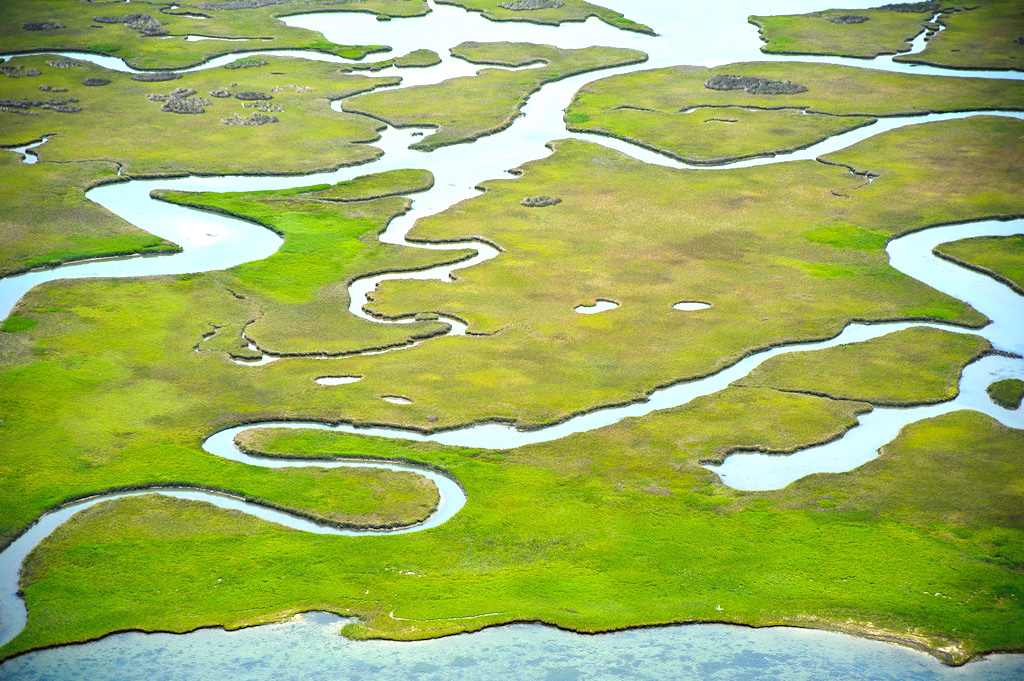Infrastructure: It’s more than roads and bridges

Infrastructure seems to be the word of the hour. With Democrats and Republicans having spent a good portion of the year wrangling over the size and scope of the infrastructure plan, it seems that everyone is talking about it. But we at rbouvier consulting have a slightly different perspective on what the term “infrastructure” includes.
Most people think about infrastructure from a physical or manufactured perspective: roads, bridges, transportation systems, and the like. From an economist’s standpoint, infrastructure also includes the necessities of a well-functioning market: clearly defined private property rights, a robust and transparent legal system, a structure to support the flow of information, and even trust among market participants.
Environmental and natural resource economists expand the definition of infrastructure to include natural capital: assets provided by nature that support and provide ecosystem services: carbon sequestration, soil stabilization, natural flood control, water filtration, and the like. Just like manufactured infrastructure, natural infrastructure provides the underpinnings of a well-functioning economy. Even more so than manufactured infrastructure, natural infrastructure is almost invisible, only coming to our attention when it fails.
Part of this is because of the “public good” nature of infrastructure. Much infrastructure (though not all) is characterized by two qualities: non-excludability and non-rivalness. Non-excludability means that once the good is provided, it is very difficult to “exclude” others from partaking of that good. Non-rivalness means that once the good is provided, one more user can enjoy the good without affecting others’ use of the good. The difficulty here is that private companies have no incentive to provide goods with such characteristics. You cannot use the price to exclude people from participating in the good, and one more user does not affect others’ use of the good, both of which destroy the profit motive. That is why many public goods are provided by the government – think national defense, or the national highway system. (The highway system can be thought of as a congestible good: non-rival up to a certain point. Most goods run on a spectrum from pure private goods to pure public goods.)
Natural infrastructure faces a double whammy: not only is most natural infrastructure characterized by non-rivalness and non-exclusivity, it is also seen as freely provided by nature. In our market-based society, things that are seen as freely available are also likely undervalued. In turn, things that are undervalued are not well managed. Just like physical infrastructure, natural infrastructure can be degraded or even destroyed. But by taking account of the services provided by natural infrastructure, we can make better decisions that will improve the functioning of our economy, and save us a little money at the same time.
Infrastructure can be roughly divided into two types: green infrastructure and gray infrastructure. Green infrastructure is what I have been referring to as natural infrastructure, while gray infrastructure is manufactured infrastructure. In many cases, natural infrastructure can provide the same service as gray infrastructure, while providing other environmental benefits and avoiding environmental costs.
Think about flood control. Part of the reason why recent hurricanes have become more economically costly in the past few decades is because the natural wetlands – the marshy interface between the ocean and the land – had been destroyed or degraded. Recently, there has been a lot of interest in restoring wetlands to protect property from storm surges that come from hurricanes or other storms. Not only would restoring those wetlands provide flood control services, but they also could provide other ecosystem services in the form of habitat for aquatic creatures and other sea life.
Or, take stormwater filtration. One of the recent projects that we are working on here at rbouvier consulting is about nutrient pollution: excess nitrogen and phosphorus pollution from farms and urban runoff. Excess nutrients in water bodies can cause hypoxia, or “dead zones,” where algae growth from too many nutrients can lead to depleted oxygen levels in water. Some states are allowing municipalities to receive “credits” for nutrient pollution reduction by restoring formerly degraded wetlands, which allows those wetlands to trap and filter out pollutants before they reach the river, ocean, or bay.
Finally, some drinking water utilities are purchasing forested land in their watershed. By investing in this natural capital, water utilities may be able save on expensive filtration processes through the forests’ natural filtration services.
Green infrastructure is not always a substitute for gray infrastructure; in many cases, it can be a complement to it. Regardless, the infrastructure bill that emerges from Congress should pay attention to both kinds of infrastructure: green and gray.